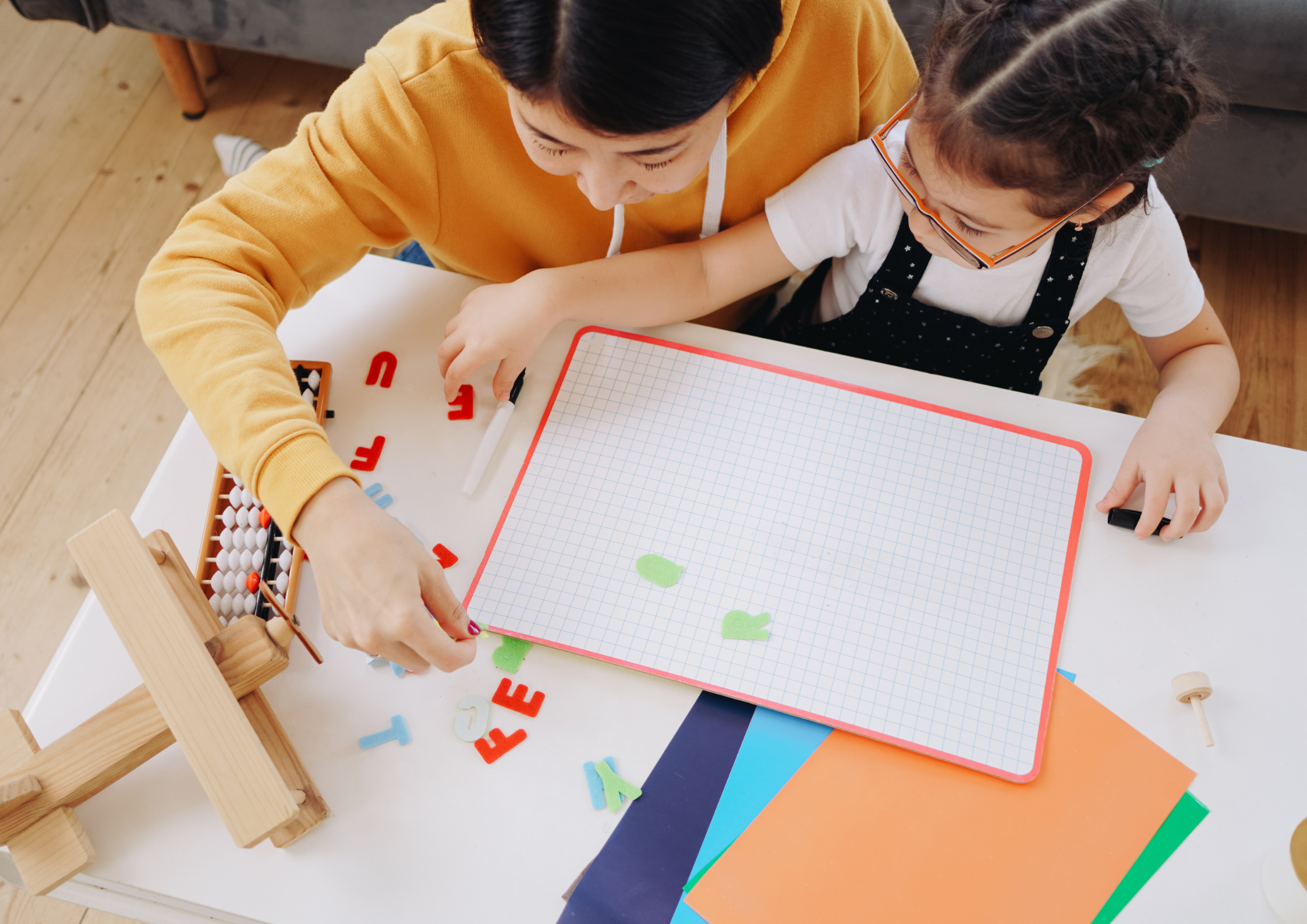- December 1, 2024
- 479
- Hot Tips , Skoop Nuggets
- 0 comment
Here’s why learning styles don’t matter.
As parents, we all want the best for our kids, and when it comes to their learning, we’re constantly searching for what works. The idea of “learning styles” feels like an easy answer — if we can just figure out if they’re a visual, auditory, kinesthetic, or reading/writing learner, surely we can help them thrive.
But here’s something you may not know: learning styles are just a myth and holding on to this way of thinking could be limiting what your child can achieve.

The Four “Learning Styles” We’ve All Heard About:
- Visual Learner: Learn best when information is shown in pictures, diagrams, or charts instead of just words.
- Auditory Learner: Learn best by listening—whether it’s through classroom lessons, discussions, or even chatting with friends about a topic.
- Reading/Writing Learner: Learn best by reading notes, textbooks, and writing things down to remember them better.
- Kinesthetic Learner: Learn best through hands-on activities, like experimenting, building, or moving around.
Learning styles became popular because they seem like a simple way to help kids learn. But research shows that teaching based on a child’s preferred learning style doesn’t actually improve learning, memory, or academic success. Despite this, many schools and enrichment centres still promote the idea that identifying a child’s learning style will boost their performance. The truth is there’s no scientific proof to back it up.
Instead of sticking to “learning styles,” focus on proven teaching methods that actually help kids learn and adapt to different challenges.

3 Reasons Why Learning Styles Could Be Holding Your Child Back
- It limits your child
Kids aren’t just one type of learner. If they’re told they’re a “visual learner,” they might believe they can’t learn in other ways. Instead of helping them grow, this mindset holds them back.
- It encourages excuses
When kids believe their “learning style” must always be met, they may start blaming the situation when things get tough.
Instead of thinking, “I can handle this,” they might think, “I can’t learn this way.” This doesn’t help them build perseverance; it teaches them to walk away when faced with challenges.
- It limits flexibility
The real world doesn’t adjust to your child’s preferred way of learning, whether it’s “doing” or “watching.” Exams, work, and life won’t adapt to their learning style. What really matters is being able to handle all kinds of information in different ways.
What You Can Do Instead: Raising a Flexible Learner
✅ Teach your child how to learn anything
Rather than focusing on a “learning style,” teach your child how to approach learning in various ways. Expose them to different formats — listening, watching, reading, writing, and doing.
Each one has its time and place. It’s okay for them to struggle at first. Struggling is part of the process, and what matters is the persistence they develop along the way.
✅ Mix up how your child learns—on purpose
Intentionally mix things up to help your child approach learning from different angles.
For instance, today let them watch a video on the topic to engage visually. Tomorrow, have them read about it in a book or article to focus on text-based learning. The next day, encourage them to do an activity related to the topic or write a summary, which reinforces what they’ve learned in a hands-on way.
Mixing things up keeps learning engaging and helps your child understand better by using different senses and methods.
✅ Challenge Their Weakest Mode
Instead of sticking to what feels easiest, challenge your child’s weakest learning style. If they dislike reading, give them an article and ask them to summarise it.
Struggle with listening? Have a conversation with them about a topic and then ask them to recall what was said. This helps them practice processing information in different ways and builds their confidence in learning.
✅ Teach Learning Strategies
Your child’s brain is always growing, so don’t box them in. Rather than focusing on how they “prefer” to learn, teach them strategies that work for any subject. Help them break information into smaller parts and reinforce learning by having them teach others. These skills build adaptability and real learning ability.

Forget about learning styles—what truly matters is raising a flexible learner. The more they practice learning in different ways, the more confident and capable they’ll become. At the end of the day, our job isn’t to make learning easier for them—it’s to make them stronger learners.








Add Comment